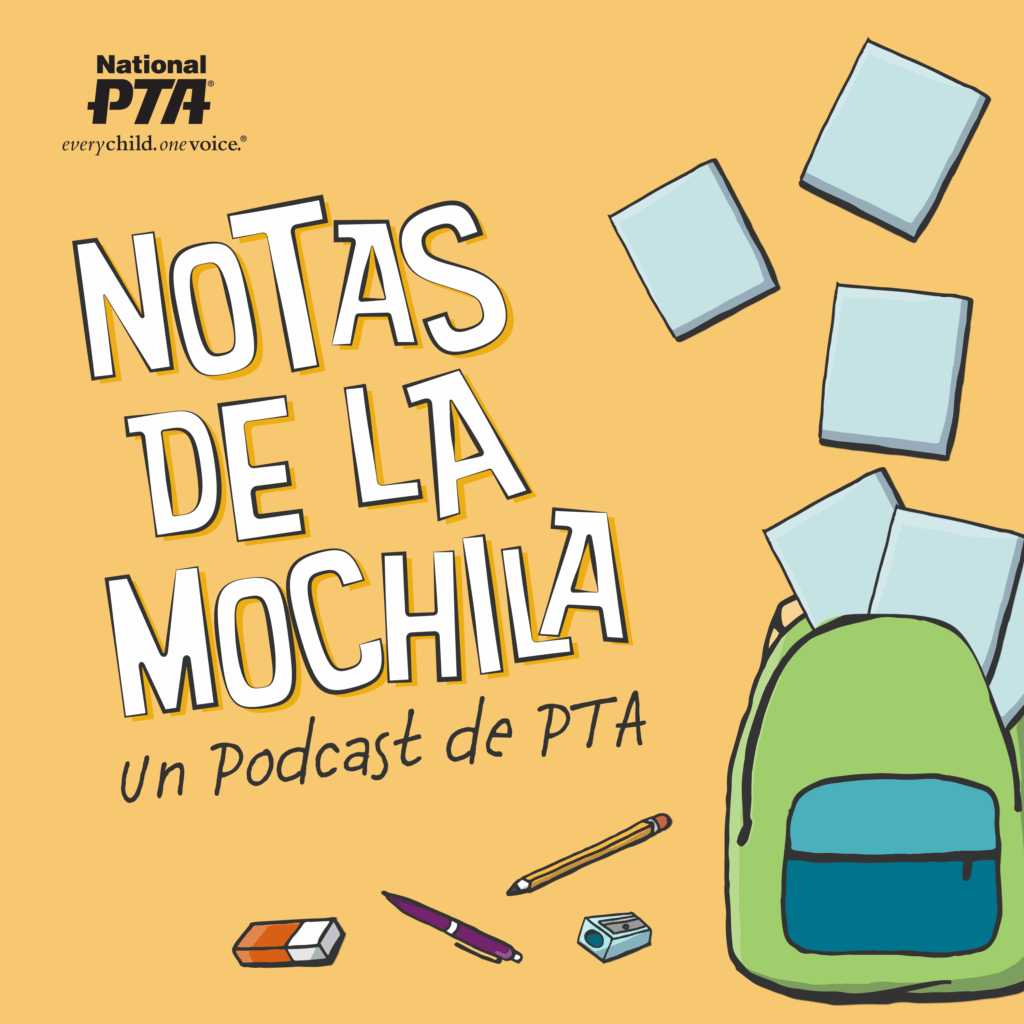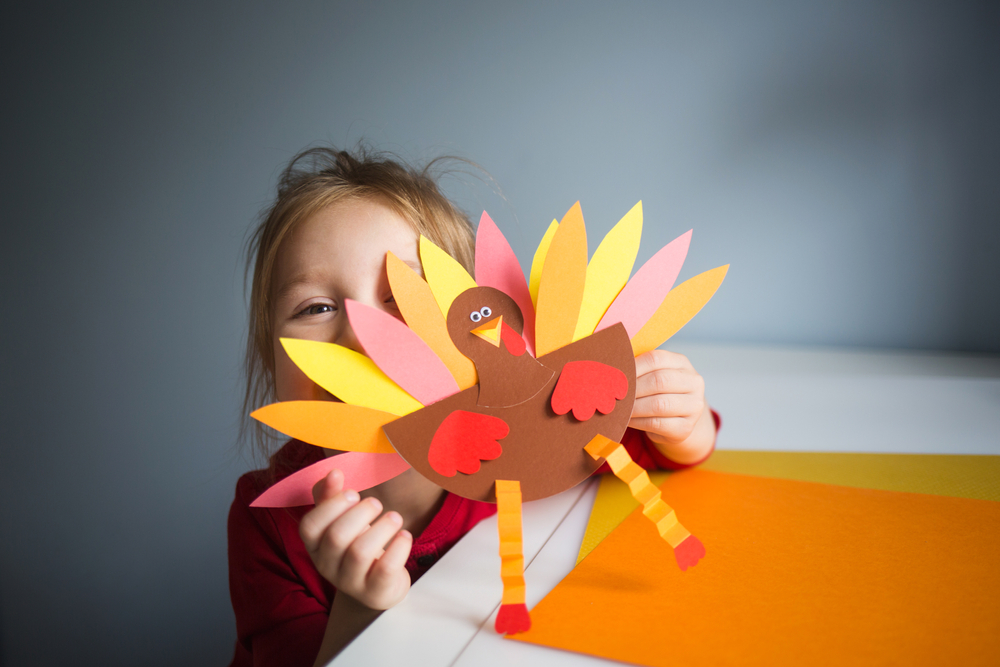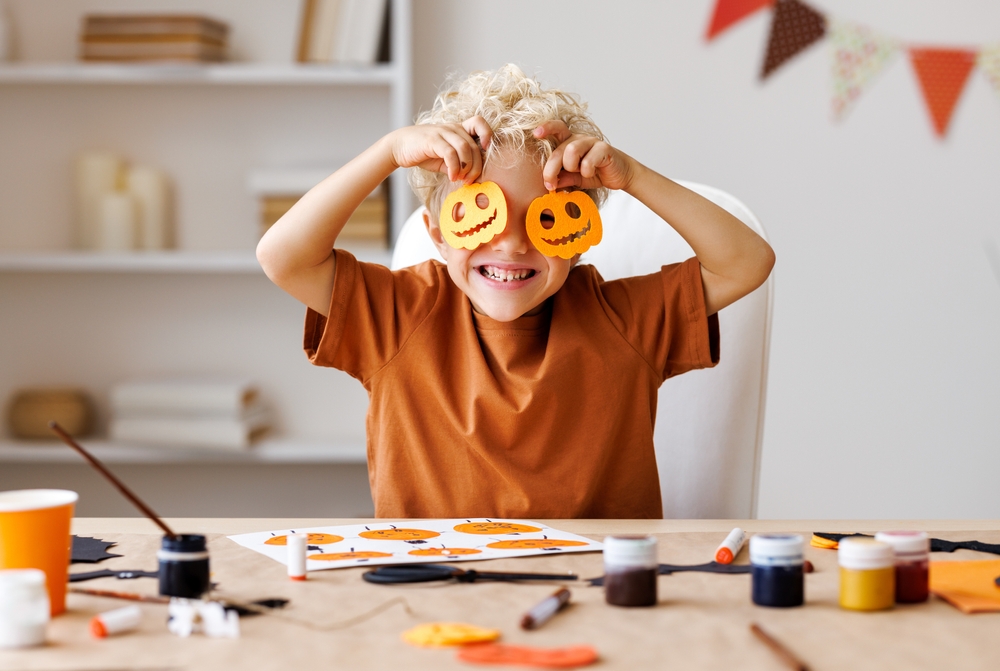Looking to teach your child about science in an easy, fun way? Why not try making butter! This activity can be done almost anywhere, in a kitchen, while camping or in a classroom. While you are making the butter, ask your child to make observations, predictions, and conclusions about what they see happening. Ta da! You will have produced buttermilk and butter. To follow up the activity you can make buttermilk pancakes, scones or muffins using buttermilk and spreading the butter on top!
What your child can learn
Observing the transformation from liquid to solid
Building fine motor coordination and motor planning
Enjoying the taste of fresh butter and buttermilk
Connections around how food is made
Needed materials and equipment
- A container of cold heavy cream, about a half-pint is good for allowing a few children to taste or spread onto crackers.
- A clear, plastic container such as a clean mayonnaise jar or a glass quart jar
- Container for butter
- Small pitcher for buttermilk
Directions
- Pour the cream into the plastic jar so your child can observe the texture.
- Allow your child to taste the cream by dipping a Popsicle stick or spoon into the jar.
- Screw the top on the jar, ensuring that it is tight.
- Ask your child to make predictions about what will happen to the cream if they shake the jar.
- Shake the jar. You can sing a farm-related song as and take turns to make the work a little easier. It will take about 10 minutes to change from whipping cream to a solid of butter and liquid buttermilk.
- The jar will change from a clouded appearance to clear as the butter separates from the buttermilk.
- Once the butter is a semi-solid mass, carefully open the jar.
- Pour the buttermilk into a pitcher. Use a spoon to move the butter into container.
- Invite your child to have a taste of the buttermilk and the butter.
Sheila Williams Ridge and Julie Powers are the co-authors of Nature-Based Learning for Young Children: Anytime, Anywhere on Any Budget. Sheila is the Director of the Shirley G. Moore Laboratory School at the University of Minnesota and Julie is an Associate Professor in Early Childhood Education at the University of Hawaii, Maui College.


















